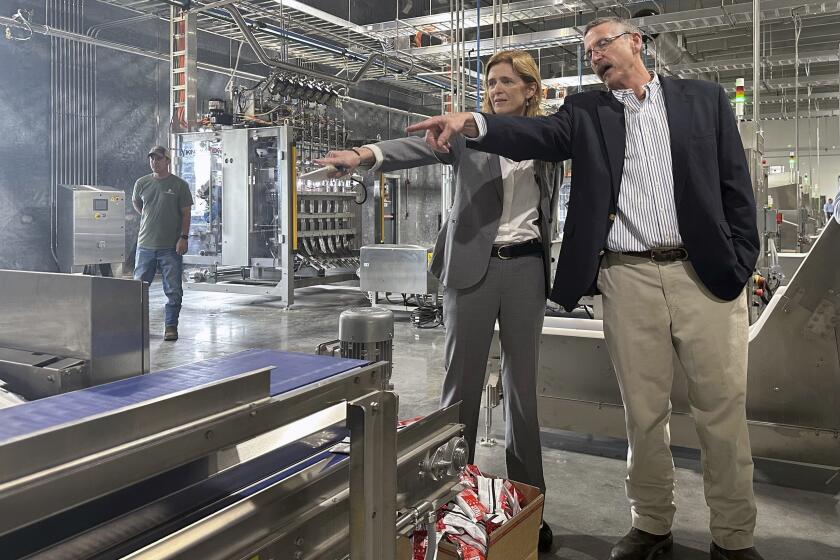Giffords’ surgeon trained on the battlefield
Rep. Gabrielle Giffords, gunshot wound through her brain, was fortunate enough to be wheeled into the emergency room of a uniquely qualified surgeon: Dr. Peter Rhee, a 24-year military surgeon who has treated “hundreds and hundreds” of battlefield injuries during stints in Iraq and Afghanistan.
Rhee, 49, chief of trauma at University Medical Center in Tucson, said his work in the Navy tending to injured soldiers and Marines and teaching the next generation of battlefield medical personnel unquestionably played a role in his ability to treat Giffords and direct care for the 10 other victims who began arriving in his unit Saturday morning.
“There’s no doubt,” he said. “I was in the Navy 24 years, and I trained to do nothing but battlefield casualty care. When I did go to Afghanistan and Iraq, I wasn’t in a hospital. I was in very forward surgical units, so I was very accustomed to working with very little gear and people and personnel, very little resources, with wounds that are very different than civilian injuries,” Rhee said Sunday. “Did it prepare me? I would say of course it did. And that makes it so that when we have a mass casualty of 11 people here, it’s really not as bad as it can get.”
Rhee said he handled “hundreds and hundreds” of battlefield injuries in two war deployments beginning in 2001. He was one of the first battlefield surgeons to be deployed to Camp Rhino, the first U.S. land base in Afghanistan, located in the remote desert about 100 miles southwest of Kandahar. In 2005, he served in Iraq.
“This doesn’t compare,” he said of his university hospital environs. “This is not really a mass casualty. I have all the gear and people I could possibly want. This is luxury for me. This trauma center, this is about as good as it gets.”
Rhee said a closer comparison would be his years as a trauma surgeon in the United States, notably his five years as the director of the Navy Trauma Training Center at Los Angeles County-USC Medical Center, where he typically would treat 30 gunshot wounds a day.
Rhee used his experience treating trauma injuries in Los Angeles — the gunshots wounds, the stabbings, the car crashes — to prepare military doctors, nurses and other medical personnel for the battlefield.
“We would train Navy doctors and nurses and corpsmen with experience in gunshot wounds before they went to war, because most Navy personnel have no experience in what we call penetrating trauma,” he said. “That’s what battlefield medicine is, penetrating trauma, so we would bring them in, train them and deploy them to the field.”
Rhee earned his medical degree at the Uniformed Services University of the Health Sciences F. Edward Hebert School of Medicine in 1987. He has a master’s degree in public health from the University of Washington in Seattle and a diploma in the medical care of catastrophes.
Navy medicine spokesman Capt. Cappy Surette said Rhee worked closely with medical teams developing the trauma training programs “that are the benchmark of the unparalleled trauma care being provided to our people on the battlefield today.”
Rhee’s job in Tucson, he said, is decidedly quieter than his past posts.
“Tucson is actually, for a trauma surgeon, very embarrassing and pathetic because violence is almost nonexistent,” he said. “I know everyone in the country thinks World War III is going on in Arizona, but it’s probably still the nicest place I can think of to live.”
Times staff writer Tony Perry in San Diego contributed to this report.
More to Read
Start your day right
Sign up for Essential California for news, features and recommendations from the L.A. Times and beyond in your inbox six days a week.
You may occasionally receive promotional content from the Los Angeles Times.







